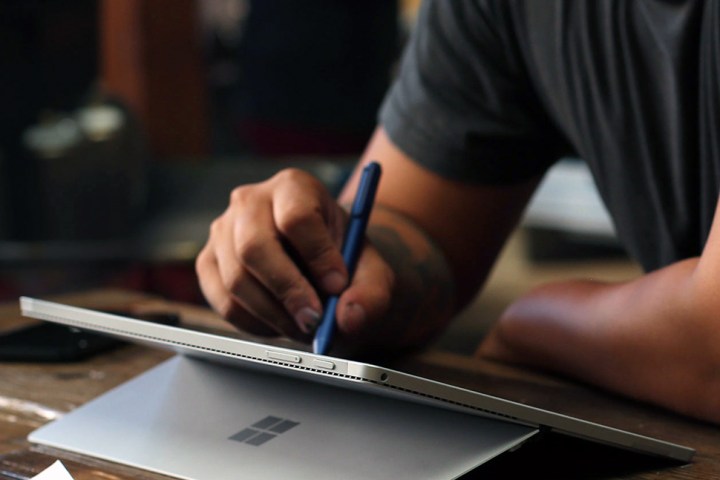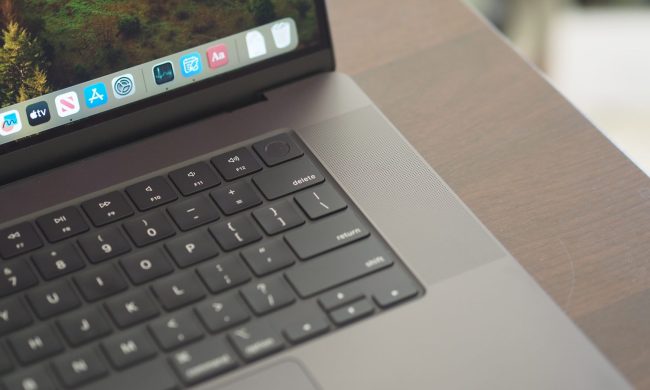
In theory, it’s a sensible move that should mean a better experience for users, and bigger numbers in Microsoft’s financial reports. Yet the Surface Pro 4 proves that even the best ideas can be difficult to execute.
The Pro’s problems are the shotgun spread of follies that have annoyed PC users for decades. The display often refuses to wake after the system is put to sleep — a hard restart is the only fix. On other occasions, plugging the Pro 4 into an external monitor causes open windows to freak out and collapse into a jumble of mis-aligned elements. Closing and re-opening them is the only fix. And Wi-Fi still refuses to work reliably in some locations for no apparent reason, including the Digital Trends office. I’ve become well acquainted with the “Connected, No Internet” status.
I’m okay giving up repairability, but only in a bargain for stability.
Individually, these problems are minor. Together, they pick away at my confidence in the device. It remains true that the Surface Pro 4 is sleek, light, and powerful, and has a great keyboard. When firing on all cylinders it’s a beautiful piece of engineering, and those who don’t keep up to date with the latest in PC hardware still comment on it. I doubt MacBook owners receive more longing glances at the local coffee shop.
When these admirers ask how I like the device, I tell them I like it a lot – but. But what? It has issues. Those I’ve already mentioned have become familiar to me, but others visit without warning and leave no trace. Last week, only half the lock-screen opened when I swiped it away. The other half remained stuck until I put the Pro 4 to sleep and tried again. That never happened before, and hasn’t happened since.
As a PC enthusiast, I’ve come to accept bugs as the cost of a relatively open platform. My home-built desktop computer has its own quirks, as did every other desktop I’ve built before it, and every laptop I’ve had a chance to use for more than one month at a time.
But the Surface Pro 4 isn’t part of an open platform. It’s a locked down, purpose-built device which received a repair-ability score of 2 out of 10 in iFixit’s teardown. Upgrading or repairing it is mostly out of the question.
I’m okay with that, but only as part of an implicit bargain. If I give up the ability to tinker, I should receive design and stability that’s otherwise impossible. Microsoft only delivers on the first part of that deal. The Surface Pro 4 feels like a million bucks, but reliable? Intuitive? Stable? I don’t think so.
That’s a problem, and perhaps more so for Microsoft as a company than the Surface Pro 4 as a device. The Pro remains the best 2-in-1 device despite its woes, but if Microsoft wants us to believe in Windows as a platform – a family of devices, where hardware and software work together – it has to do better.


